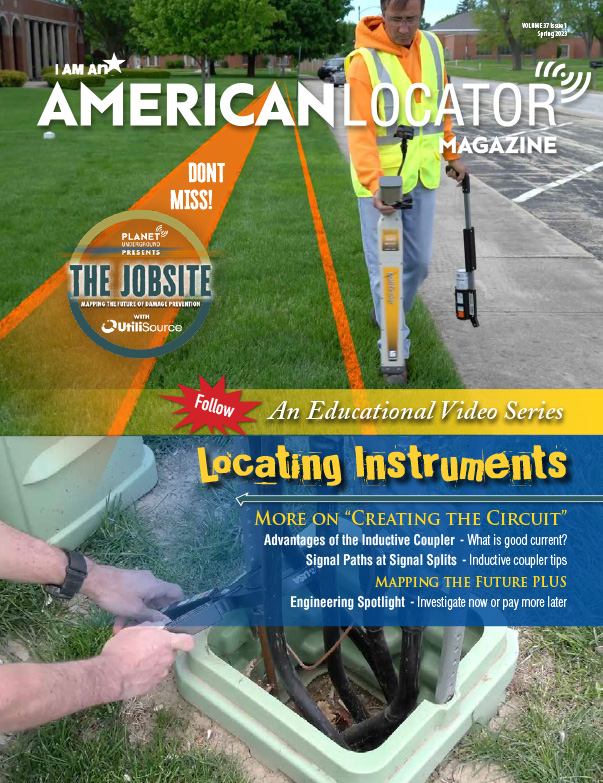(Creating the Circuit) Signal’s Path at Signal Splits
Our next locate is going to be on a three-phase transformer. We’re going to be on 8 kHz, and we’ve asked for a desired current of 20 mA (Figure 20). As we proceed with the locate, something’s going to change in front of us. Our signal is going to have the chance to go in multiple directions. We call this location a signal split (Figure 21).
Although we’d like to continue south on the cable, the path of least resistance is going to take our signal to the west (Figure 22). Walking past the signal split, we’re able to continue our locate in a southward direction (Figure 23).
But we seem to run into the same problem that we did upstream—our signal wants to go in the direction that we don’t necessarily want to go. (Figure 24).

This Story is a Subscriber Exclusive.
Our next locate is going to be on a three-phase transformer. We’re going to be on 8 kHz, and we’ve asked for a desired current of 20 mA (Figure 20). As we proceed with the locate, something’s going to change in front of us. Our signal is going to have the chance to go in multiple directions. We call this location a signal split (Figure 21).
Although we’d like to continue south on the cable, the path of least resistance is going to take our signal to the west (Figure 22). Walking past the signal split, we’re able to continue our locate in a southward direction (Figure 23).
But we seem to run into the same problem that we did upstream—our signal wants to go in the direction that we don’t necessarily want to go. (Figure 24).

